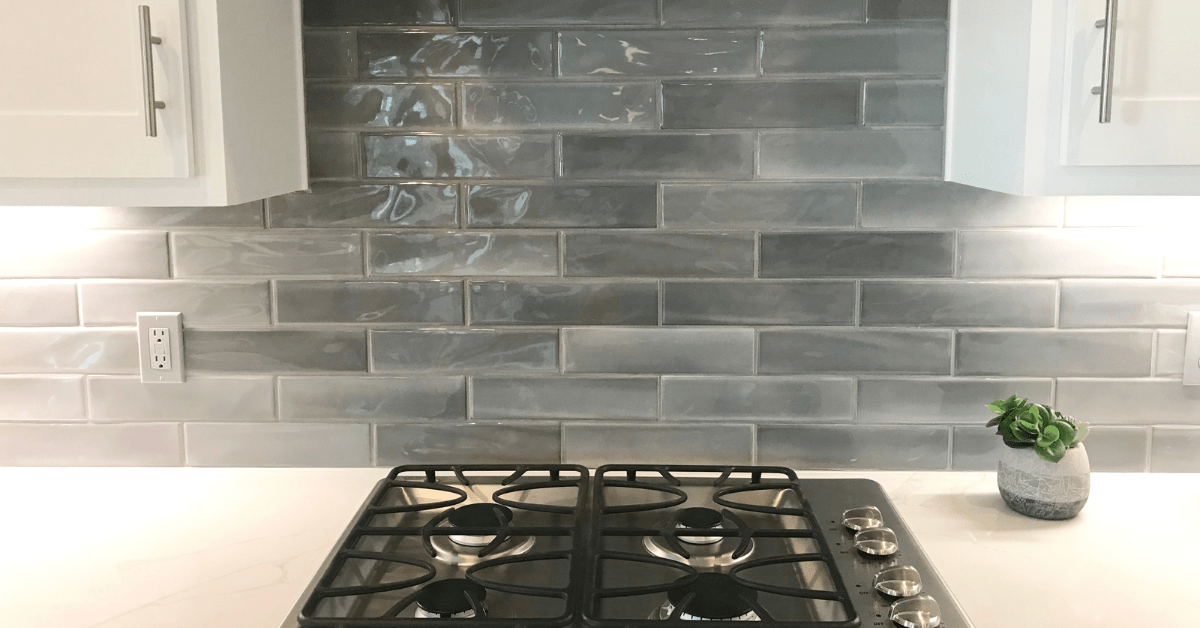What I learned from living a socially isolated life for the past two years

Alyssa Nassner
?It will get easier after you adjust,? says Amanda Chicago Lewis After receiving a traumatic brain injury from a car crash two years ago, the Los Angeles-based journalist Amanda Chicago Lewis has lived in social isolation. Because of stay-at-home orders to reduce the spread of COVID-19, more people are now living in similar circumstances. Below, Lewis shares how she?s adapted her apartment, her routine, and her habits to cope with being at home for extended periods of time.
This as-told-to has been edited and condensed for clarity.
I was in a car crash in May 2018. I sustained a traumatic brain injury as well as injuries to my neck and back. My life did change overnight from the crash, but I didn?t make the adjustments I needed to make immediately. My general instinct as a person is to forge ahead, so I did not immediately stop doing all of the things that were making my symptoms worse because I didn?t understand what was making it worse. And also I wasn?t thinking clearly. A traumatic brain injury is different for everyone. The way it manifests for me is headaches, nausea, really bad insomnia, tinnitus, and emotional lability, which is basically like too-intense sadness or too-intense rage.
For those first few months after the crash, I would go to birthday parties and events hopeful that I could enjoy them, but would have to leave because I was in so much pain. It almost feels like operant conditioning. The conditioning of having physical pain ev...
| -------------------------------- |
| Cocoon BioFloss concept material enables residents to grow their own homes | Architecture | Dezeen |
|
|












